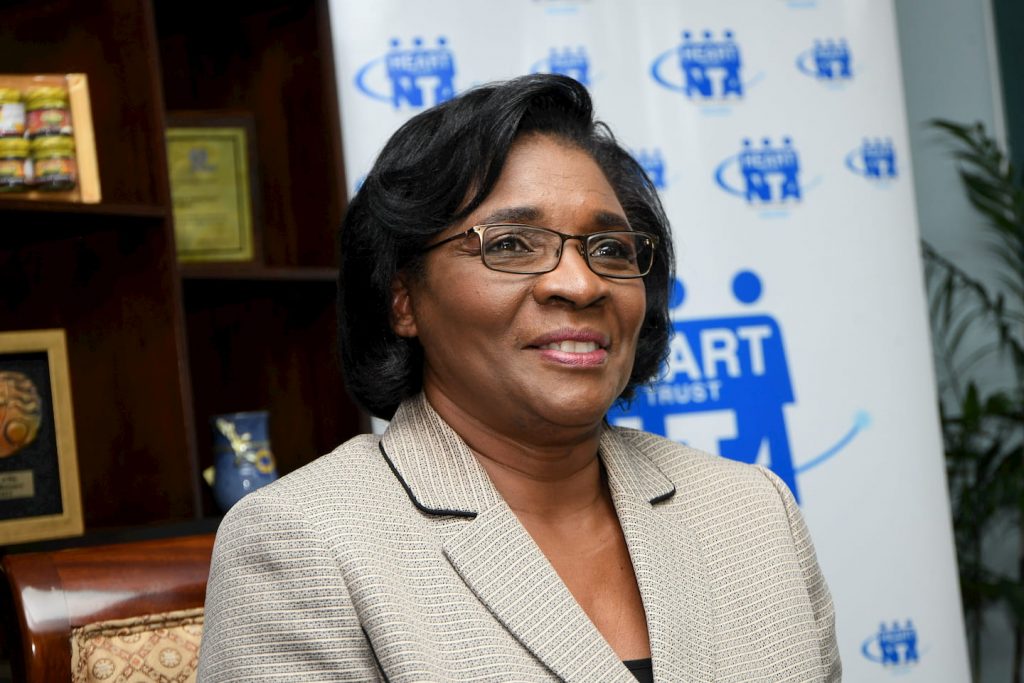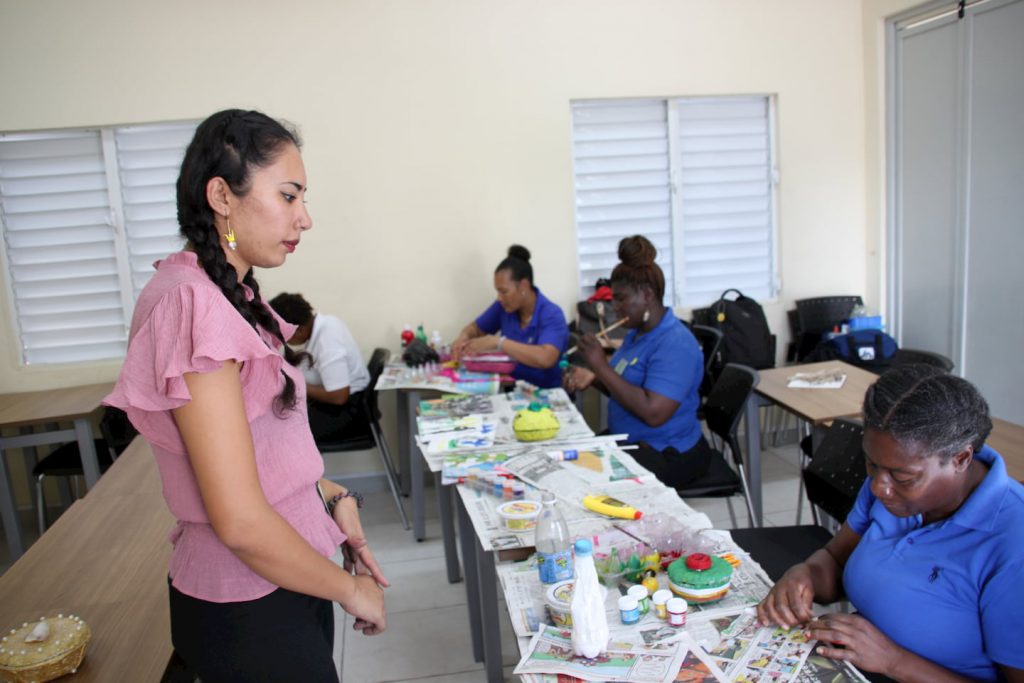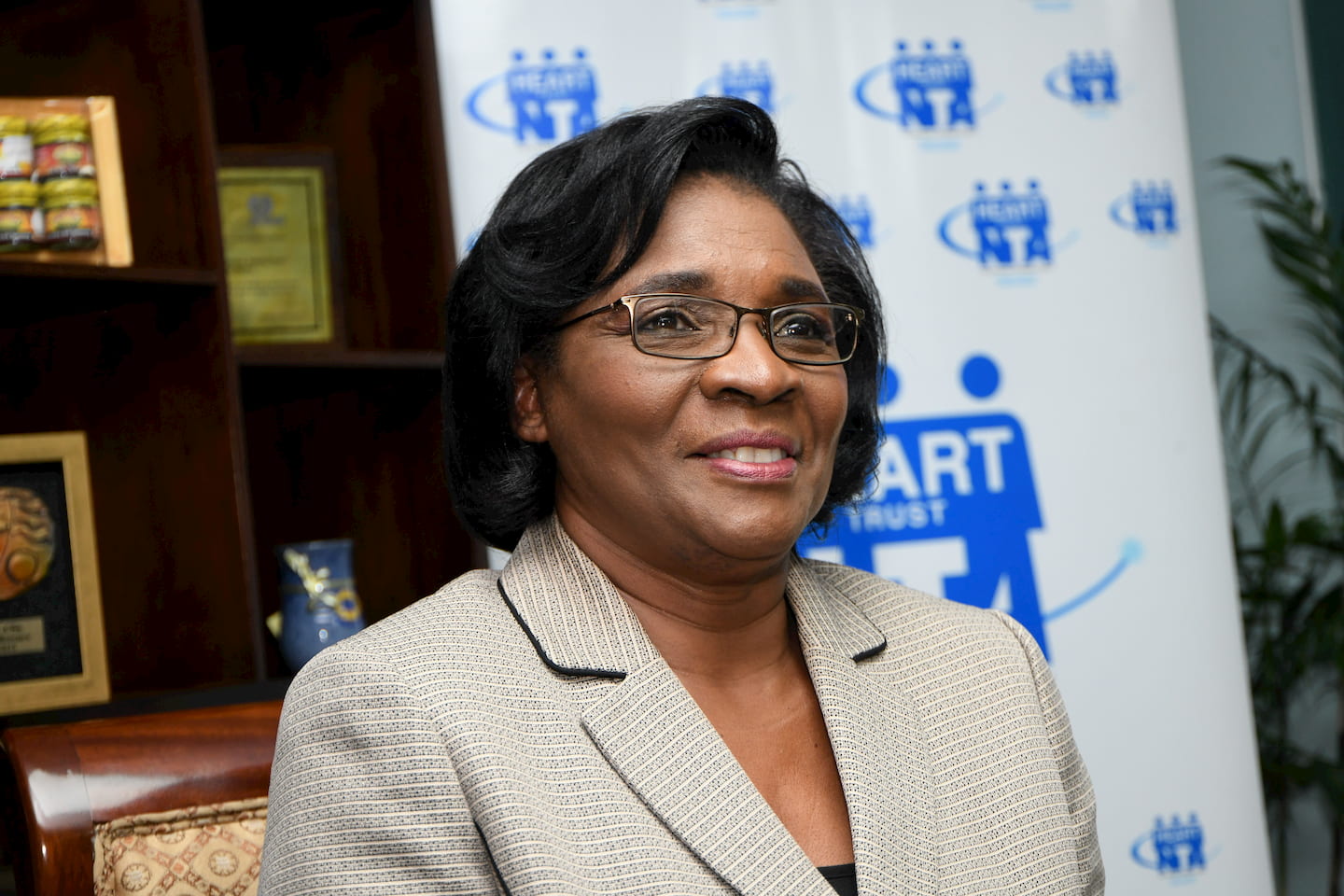In my second article on ‘Baking a bigger pie, rather than fighting over how to slice it – Part Two’, I gave examples drawn from agriculture and manufacturing on increasing productivity.
In this article, I share case studies from the public sector and the private sector boardroom – two areas where we traditionally do not think about productivity being at the front and centre of their activities.
CASE STUDY #3
HEART TRUST/NTA DOUBLES ITS PRODUCTIVITY IN THREE YEARS
In the financial year 2016-17, HEART Trust/NTA trained 74,000 people. In the current financial year 2019-20, soon coming to a close on March 31, the entity is on track to train 152,000 people, an increase of 105 per cent in a three-year period.
How did they achieve these results? Some say it is one of the best-kept secrets in the country!


In speaking with Chief Executive Officer Janet Dyer and her team, they explained that a policy decision was taken some years ago to merge four entities into one, namely the National Youth Service (NYS), the Jamaica Foundation for Lifelong Learning (JFLL), the Apprenticeship Board, and HEART Trust/NTA.
The merger created efficiencies in terms of administering one organisation rather than four with duplicated functions.
But more importantly, the management team capitalised on the synergies of the entities by cross-fertilising diverse training methodologies to drive their reach deeper and wider across Jamaica. For example, the NYS had a special methodology reaching into far-flung rural communities, more deeply so than the pre-merger HEART Trust/NTA.
The post-merger HEART Trust/NTA was able to build on this by using these channels to offer a much wider menu of training and certification services to a multiplicity of communities in every parish.


JFLL had a historically wide geographical footprint of adult literacy infrastructure across Jamaica. Post-merger, this infrastructure was now able to deliver skills training components such as arts and craft, housekeeping, construction skills, and subjects like maths, while reaping the added benefit of removing any residual stigma associated with solely attending an adult literacy programme.
A critical element of the process was to make every single employee aware of the purpose of the merger. A special feature was to offer training to anyone whose job function may have changed, so that they could fill new positions, or choose another career path outside of the merged entity. By doing so, no one would feel disenfranchised.
Outside of the merger, several innovations were implemented. Town criers would announce in advance that “HEART is coming to town – if you want to be certified in your chosen vocation, turn up on the appointed day for registration and testing”.
The organisation has invested in mobile labs and classrooms on wheels to reach the remotest areas, and thus reduce the need for long travel times for trainees.
Major strides have been made, collaborating with employers, to design industry-specific skills training, for example, for BPOs and in manufacturing.
Systems have been put in place to outsource training programmes to private-sector entities that possess those ideal skill sets, and at cost-competitive rates.
HEART Trust/NTA is living the motto ‘HEART in the heart of communities’. Just as important, they have demonstrated that major productivity increases are indeed attainable in the public sector over a relatively short time period, once there is the combination of well thought out policy decisions, effective management, and sensitivity to people’s needs.
CASE STUDY #4
MAKING OUR BOARD OF DIRECTORS MORE EFFECTIVE
GraceKennedy had a tradition from the 1970s of having a very large board of directors. In the early 2000s, the board numbered 24.
We recognised that in this new millennium that we had entered, the organisation needed a more effective process for rapid and well-thought-out decision-making, in order to make us more nimble.
We as directors, therefore, collectively decided to initially reduce the size of the board by half, and this was done.
The new board numbered 12, and one of the qualitative differences was that for the future, non-executive directors would outnumber executive directors. Today, the board comprises nine directors, seven non-executive and two executive directors, with a very diverse range of skills.
This transformation in the early 2000s marked the genesis of us deeply embedding modern corporate governance practices throughout the group.
What on earth does this have to do with productivity? Everything!
Let’s go back to the tutorial that the retired head of the Productivity Centre, Charles Douglas, had with me, as I shared in my first article in this series.
The process of decision-making, starting at the top, is central to increasing total factor productivity (TFP) in his formula. Remember the components of TFP – technology, innovation, education, training, human capital, management, infrastructure, and finally, luck? The last may seem out of our control, but my view is that good luck is the meeting of preparation and opportunity.
What better way to be prepared than to have a board designed around modern corporate governance principles, and hence making timely policy decisions?
In summary, let’s recognise that the initiatives implemented by the political policymakers, the management team, and employees of the merged HEART Trust/NTA are replicable throughout the public sector. They have demonstrated to us a successful example of rapid transformation.
In my next column, I’ll share my two final case studies, which will examine changing cultural attitudes to enhance productivity.
Watch this space!
Douglas Orane is the retired chairman and chief executive officer of GraceKennedy Limited.
Viewpoints is committed to expanding its range of opinions and commentary. Share your views about this or any of our articles. Email feedback to viewpoints@gleanerjm.com and douglasorane16@gmail.com.






